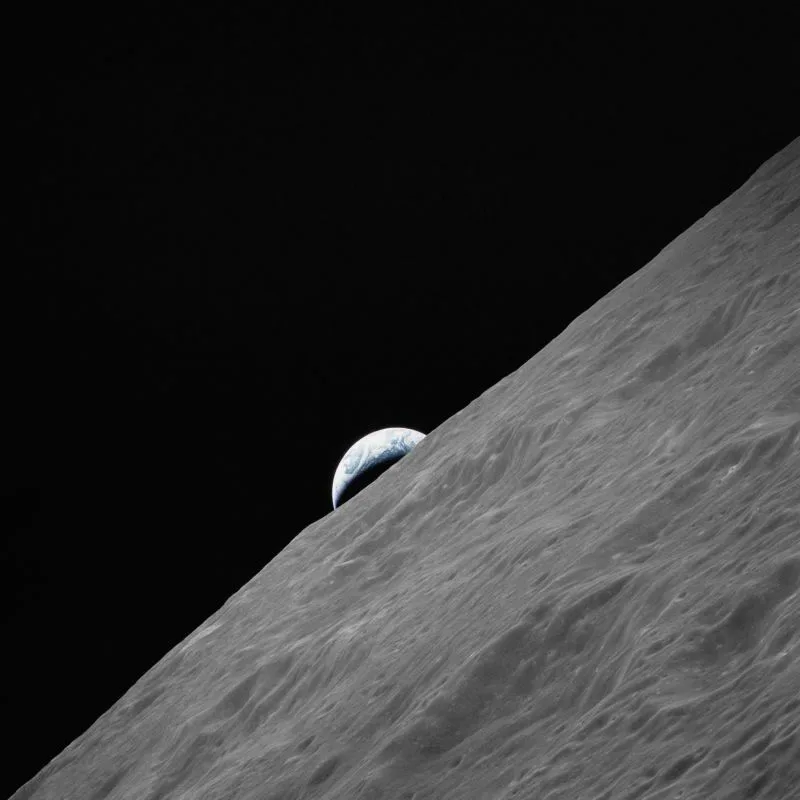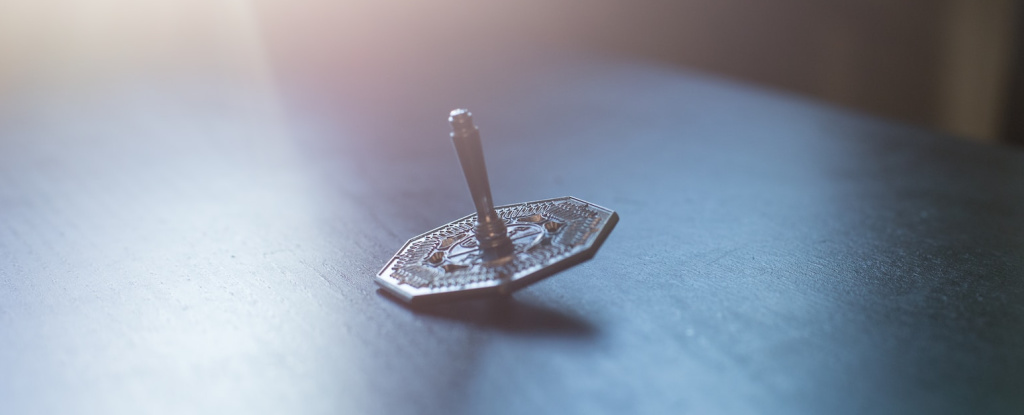CNN
A spacecraft left behind by US astronauts on the lunar surface could be causing small tremors known as moonquakes, according to a new study.
Researchers revealed the previously unknown form of seismic activity on the moon for the first time through an analysis of Apollo-era data using modern algorithms.
Massive temperature swings that occur on the moon can cause human-made structures to expand and contract in a way that produces these vibrations, the report suggests. The lunar surface is an extreme environment, oscillating between minus 208 degrees Fahrenheit (minus 133 degrees Celsius) in the dark and 250 degrees Fahrenheit (121 degrees Celsius) in direct sun, according to a news release about the study.
In fact, the entire surface of the moon expands and contracts in the cold and heat, noted the study published September 5 in the Journal of Geophysical Research: Planets. Yet scientists were able to use a form of artificial intelligence to gain such an intimate understanding of the Apollo-era data that they could pinpoint gentle tremors that emitted from an Apollo 17 lunar lander module sitting a few hundred yards away from instruments recording the moonquakes, according to a synopsis of the study, which was led by Francesco Civilini, a recent California Institute of Technology postdoctoral researcher and a research space scientist at NASA Goddard Space Flight Center. (NASA provided funding for the study.)
The analysis offers new insights into how the moon responds to its surroundings and what can affect its seismic activities. The rumbles were not dangerous and likely would be imperceptible to humans standing on the moon’s surface.
Understanding moonquakes could be essential to future exploration, experts said, should NASA and its partners build a permanent outpost on the moon’s surface — a goal of Artemis, the agency’s lunar exploration program.
“How strong do we need to build our structures, and what other hazards do we need to mitigate for?” Dr. Angela Marusiak, an assistant research professor at the University of Arizona’s Lunar and Planetary Laboratory, said of the questions that this type of data analysis can help answer. Marusiak was not directly involved in the study, though she did have contact with the authors as a fellow expert in lunar seismology.
Mining for moonquakes
Marusiak noted that every Apollo mission carried instruments for detecting moonquakes. But the Apollo 17 mission, launched in 1972, was noteworthy because it left behind an array of seismometers capable of detecting thermal moonquakes — or the tremors induced by the drastic heating and cooling of the lunar surface.
“Thousands of these signals were recorded during an 8-month span from 1976 to 1977 on four seismometers deployed during the Apollo 17 Lunar Seismic Profiling Experiment, but the poor quality of data makes analysis difficult,” the researchers wrote. “We developed algorithms to accurately determine the arrival timing of the waves, measure the strength of the seismic signal, and find the direction of the moonquake source.”



